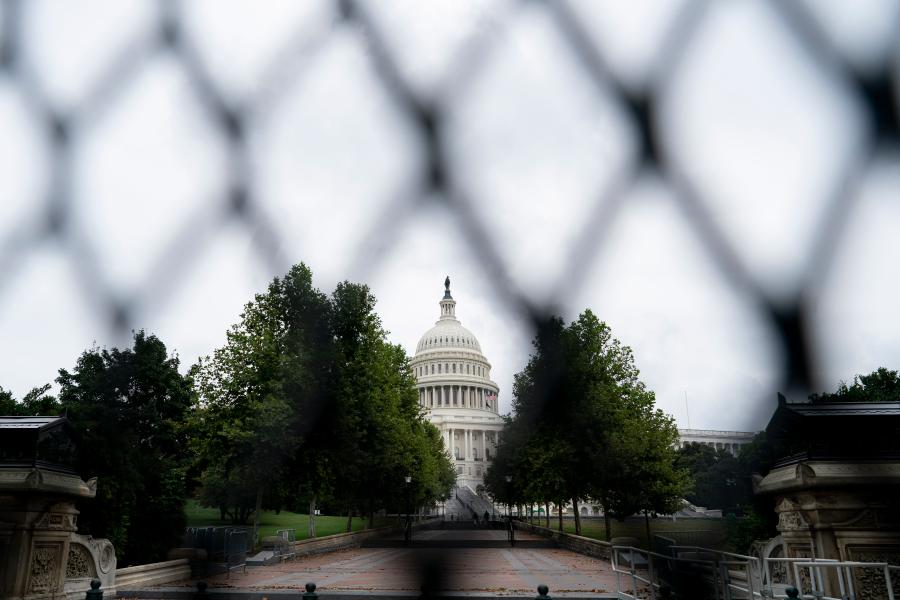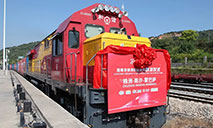U.S. businesses in China optimistic despite Trump tariffs (3)

Photo taken on Sept. 17, 2021 shows the U.S. Capitol building, seen through a barrier fence, in Washington, D.C. (Xinhua/Liu Jie)
TARIFFS BACKFIRE
The optimism may well disappoint the last U.S. administration, which imposed a succession of tariffs on China and assumed that U.S. businesses in China would be discouraged and leave.
The AmCham Shanghai report found that no companies were relocating their production from China to the United States, and 72 percent of manufacturers producing in China "had no plans to move any production out of China in the next three years."
In the article published in The Washington Post, the authors said that "new U.S. tariffs in 2018 and 2019 had a minimal effect on divestment," estimating that in the period, "less than 1 percent of the increase in U.S. firm exits was due to U.S. tariffs."
"The degree of decoupling, measured by foreign direct investment, has been greater in the minds of politicians and pundits than the reality of firms in China," they said in their paper.
Instead, the tariffs backfired on U.S. consumers, as firms raised prices to cover increasing costs rather than "leaving China or finding alternative suppliers," the authors wrote in the article.
As raw materials from China became more expensive because of the tariffs, small businesses in the United States struggled finding alternatives or affording expensive lobbyists, and "lacked the leverage to pass these costs on to customers or the resources to mitigate them," they said.
"Economic coercion can be a double-edged sword: These tools tend to inflict collateral damage on one's economy while hurting that of the target, but tariffs are the bluntest tool of all," said the authors.
 |
Photos
Related Stories
- U.S. suspends tariffs on six trading partners for digital service tax negotiations
- China to lower tariffs, institutional transaction costs
- China extends tariff exemption on some U.S. goods
- U.S. new tariffs on French, German products to take effect Tuesday
- U.S. modifies tariffs on EU products amid aircraft subsidy dispute
- EU can slap tariffs on U.S. goods over Boeing aid: WTO
- U.S. hikes tariffs on EU aircraft to 15 pct amid subsidy dispute
- Tariff reduction to create multiple benefits
- China lowers import tariff for frozen pork
- China releases tariff schedule for 2020
Copyright © 2021 People's Daily Online. All Rights Reserved.










